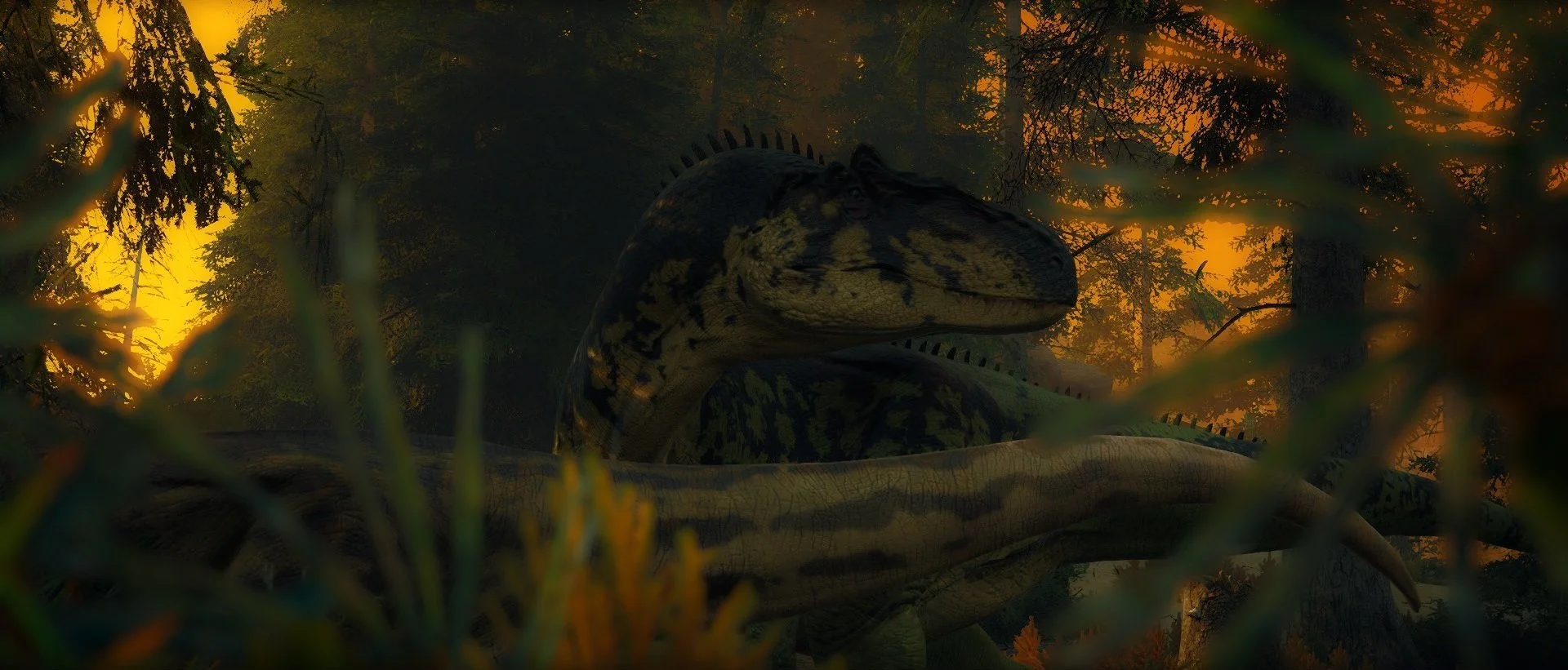Ocepechelon
Tier: 4
Type: Aquatic carnivore
Passive growth time: 2 hr 51 min
Pod size: 5 sub adults/adults, 1-12 juveniles/adolescents
Hierarchy: Decentralized
Mating bond: Ambiamorous
Nest size: 1-6 offspring per pair
Diet tags: Piscivore, carnivore, semi-cannibalistic & semi-scavenger
Preferred food: Fish, Tier 1-4 herbivores & carnivores
Species specific rules: Can only scavenge when they have 3 or less.Behaviors in nature
The lumbering tank of the sea, the large protostegidae Ocepechelon traverses the coastlines and brackish rivers searching for fish and other small creatures to prey upon. Though debatably a slow swimmer for a fully aquatic animal, Ocepechs are known to migrate great distances around the oceans, sometimes for mating but mostly in the search of food or warmer waters. Ocepech are quite docile creatures oftentimes letting other animals hover around their shells without seemingly having a care in the world, the stoic giant turtle does not even seem to hold fear of the largest sea born predators such as Tylosaurus or Sachicasaurus. The protostegidae fights defensively, though if an Ocepechs begins to become injured they will retreat quickly darting away to safety with their powerful flippers.
Social behavior
While Ocepechelon typically migrate solo, once they come to suitable hunting grounds, these animals will quickly form into what is known as a bale. These bales typically consist of one to five adult or sub-adult Ocepechelon, the purpose of which is hunting and socializing. Multiple bales often form near to one another leading to altercations and hunts between the two groups in order to remove competition from the area. Ocepechs which form bales together will become even more passive to one another and stay loosely within eyesight of each other. While Ocepechs usually treat one another with general indifference or even making prey out of other Ocepechs outside of bales, once they have joined into one of these groups members become defensive of each other.
Recommended behaviors
╸Prefer to spend most of their time swimming along the seafloor looking upwards for prey to ambush.
╸While typically traveling alone, group up along coastal rivers to maximize the chance of securing a successful hunt.
Courtship
When a female joins a bale, any male in that bale may attempt to swoon her. The swooning is quite simple, as all the male needs is to have a large and sturdy shell to attract the female's attention. The male will latch to the female, and the two will mate. During mating females have to support both of their weights at the surface with the process typically taking up to three hours. After mating Ocepechelon typically will continue to hunt with one another and sometimes even be seen cuddling or even mating additional times, with the females always initiating this by turning over to get the males attention.
Nesting & offspring
In preparation for nesting, female Ocepechelon migrate far distances back to the waters where she herself was born in to lay her clutch. Ocepechelon choose to build their nests in shallow warm brackish rivers, typically those with high salt levels. These nests compiled of seaweed beds and mollusks are used to hide the eggs from predators. After laying her eggs, she will return to deeper waters and resume her daily life. For Ocepechelon hatchlings life is extremely cruel early on, as predators from all around will gather on the beaches near time for hatching to happen. Hatchling and Juvenile Ocepechelon are very cautious creature's sticking to the warm shallows using seaweed and other oceanic plants to hide themselves from predators. While at times many Ocepechs babies will occupy the same environment, interaction between them is usually non-occurrent as hatchlings and juveniles prefer the safety of hidden isolation.




